Explore the acronym PEEL to help with paragraph technique during persuasive writing lessons.
Mastering the PEEL Paragraph Structure
Persuasive texts have three sections: an introduction, arguments and a conclusion. Each of these sections are written using paragraphs.
Just like the text itself, paragraphs also have their own distinct structure. One way to remember this structure is the acronym, ‘PEEL’.
P = State your main point/purpose
E = Support your point with evidence
E = Explain how the evidence supports your view
L = Link back to the topic or issue
This resource contains two posters, an explanatory worksheet, and a graphic organiser to plan a persuasive paragraph. A version of the graphic organiser is available in Microsoft Word to enable students to type their content directly into the document.
PEEL vs TEEL
Both PEEL and TEEL are paragraph writing structures that provide your students with the framework for organising and presenting ideas in a coherent and persuasive manner for persuasive paragraphs. These structures are commonly used in teaching writing skills. The only difference is the first letter; PEEL uses the word ‘point’, which states you start by presenting a clear and concise topic sentence or main point that introduces the paragraph’s focus. For TEEL, the first letter is ‘T’ and stands for topic sentence; similar to the point in the PEEL structure, the topic sentence in TEEL introduces the main idea of the paragraph.
Here is the TEEL resource pack link if this is the acronym you’ll be teaching your students.
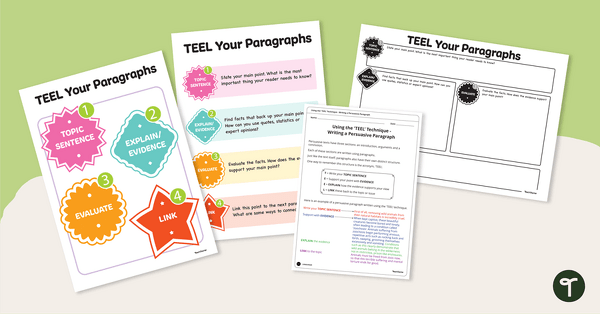
teaching resource
TEEL Paragraph Structure Poster and Worksheets
Explore the acronym TEEL to help with paragraph technique during persuasive writing lessons.
Download and Get Persuading Today!
This resource is available to download in PDF, it is advised that you print the posters on thick card to ensure the durability of them.
Persuasive Writing Activities
Looking for more activities to do with your students to get them to write persuasive texts well? We’ve got you covered:
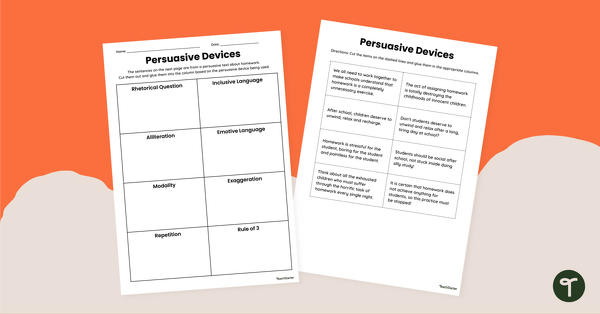
teaching resource
Persuasive Device Examples – Cut and Paste Worksheet
Match the persuasive writing techniques with the correct examples using this simple cut-and-paste worksheet perfect for your persuasive writing unit.

teaching resource
Persuasive Device Examples – Cut and Paste Worksheet
Match the persuasive writing techniques with the correct examples using this simple cut-and-paste worksheet perfect for your persuasive writing unit.

teaching resource
Persuasive Device Examples – Cut and Paste Worksheet
Match the persuasive writing techniques with the correct examples using this simple cut-and-paste worksheet perfect for your persuasive writing unit.
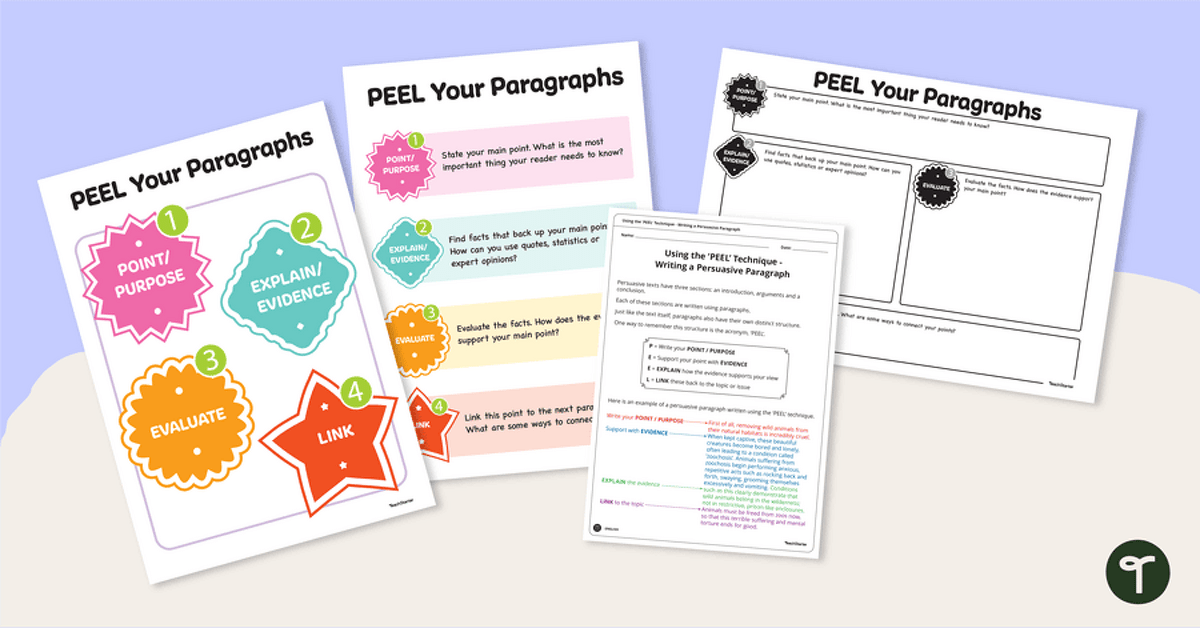


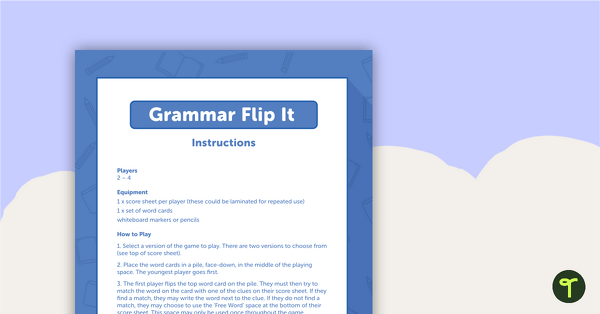
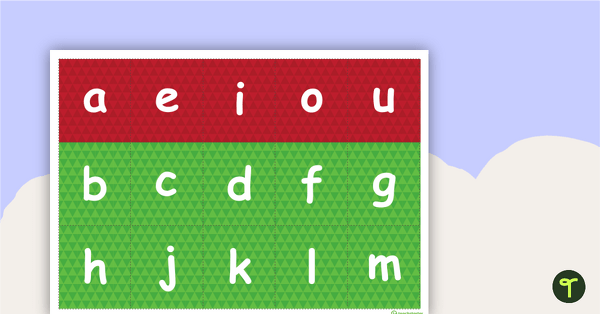
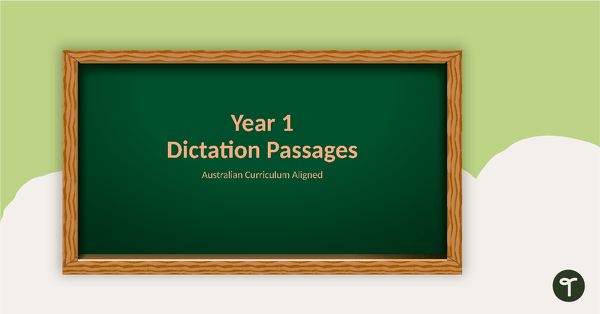
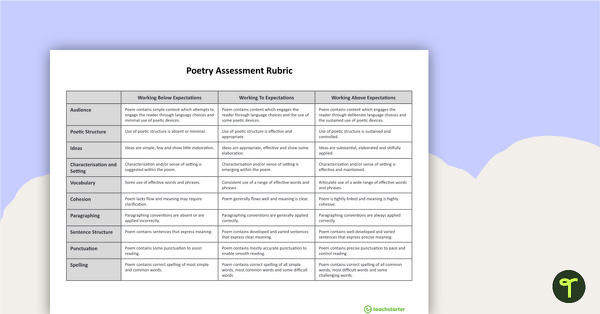
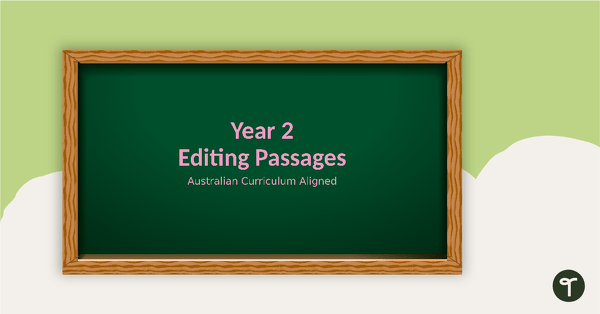
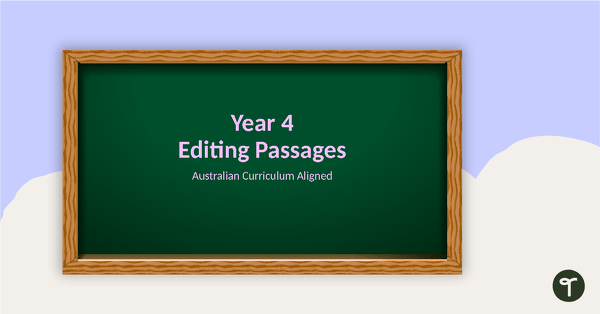

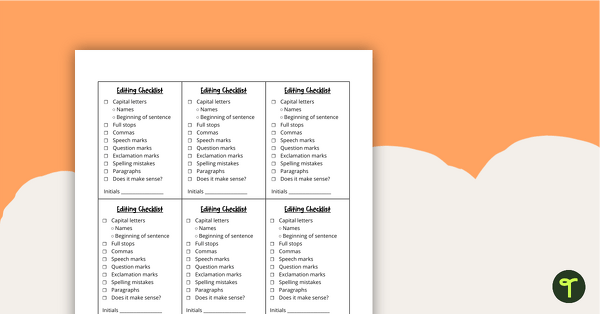
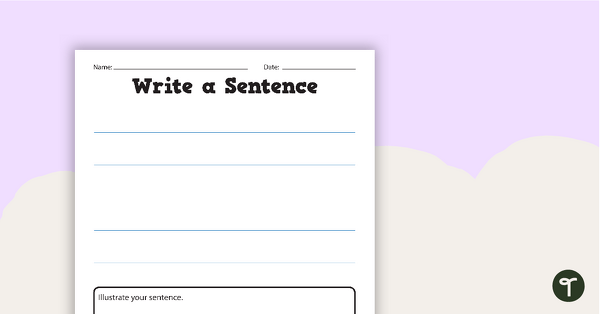
10 Comments
Write a review to help other teachers and parents like yourself. If you'd like to request a change to this resource, or report an error, select the corresponding tab above.
No comments yet.